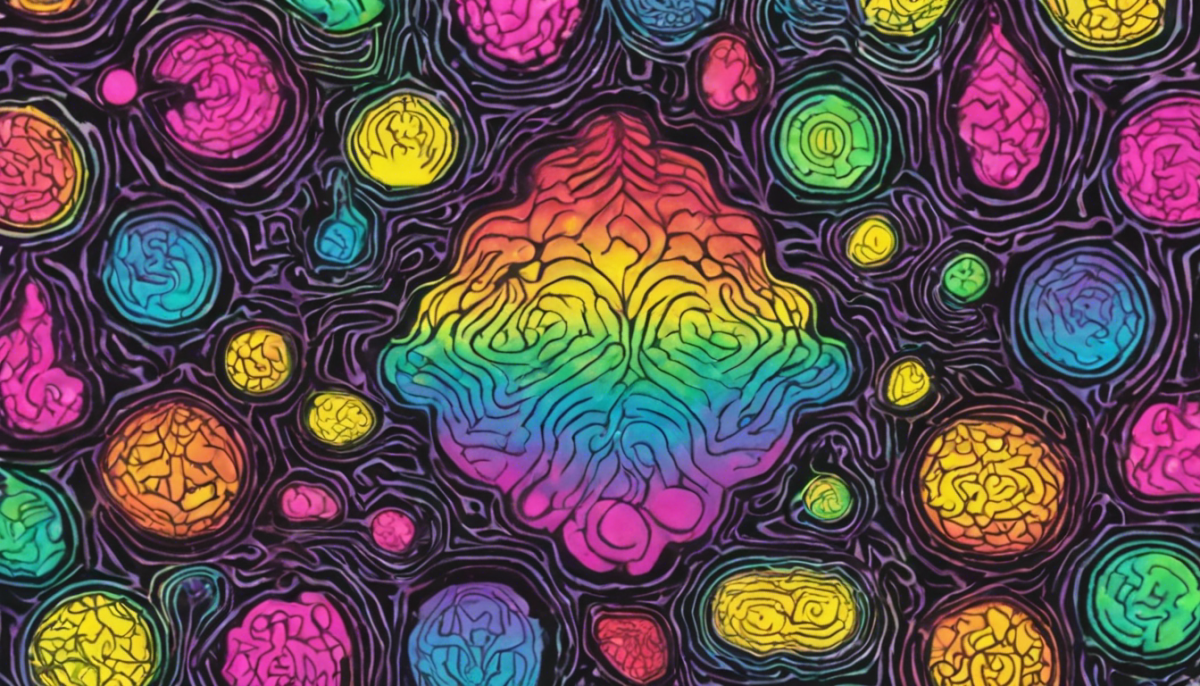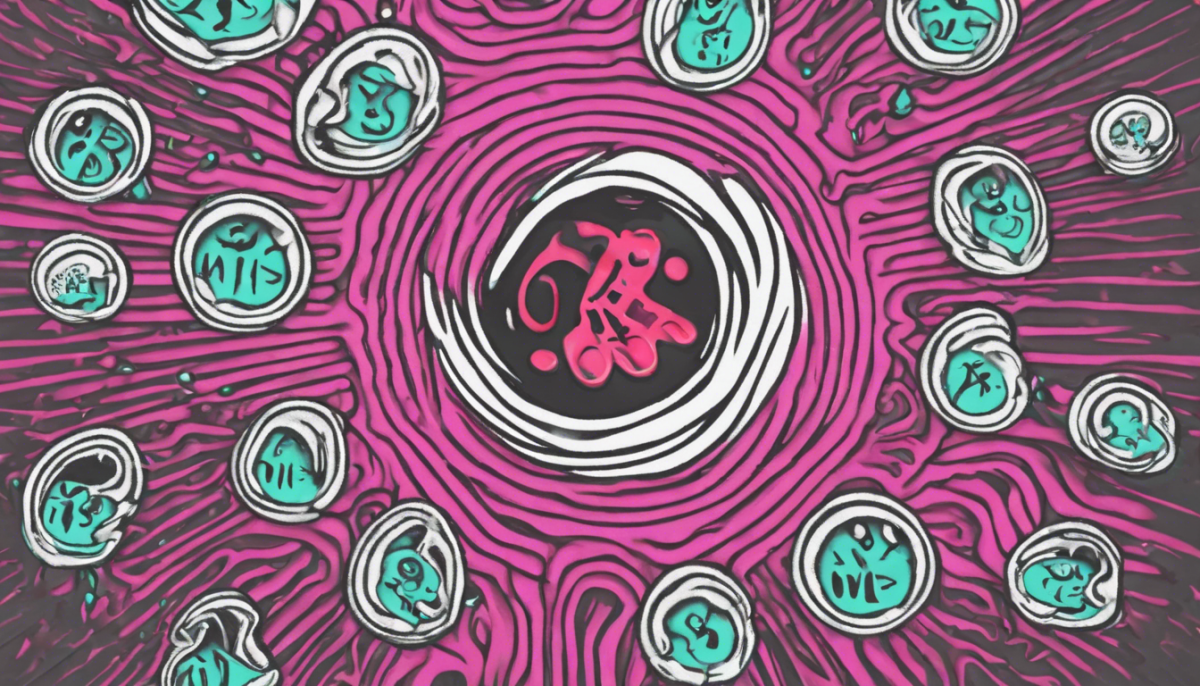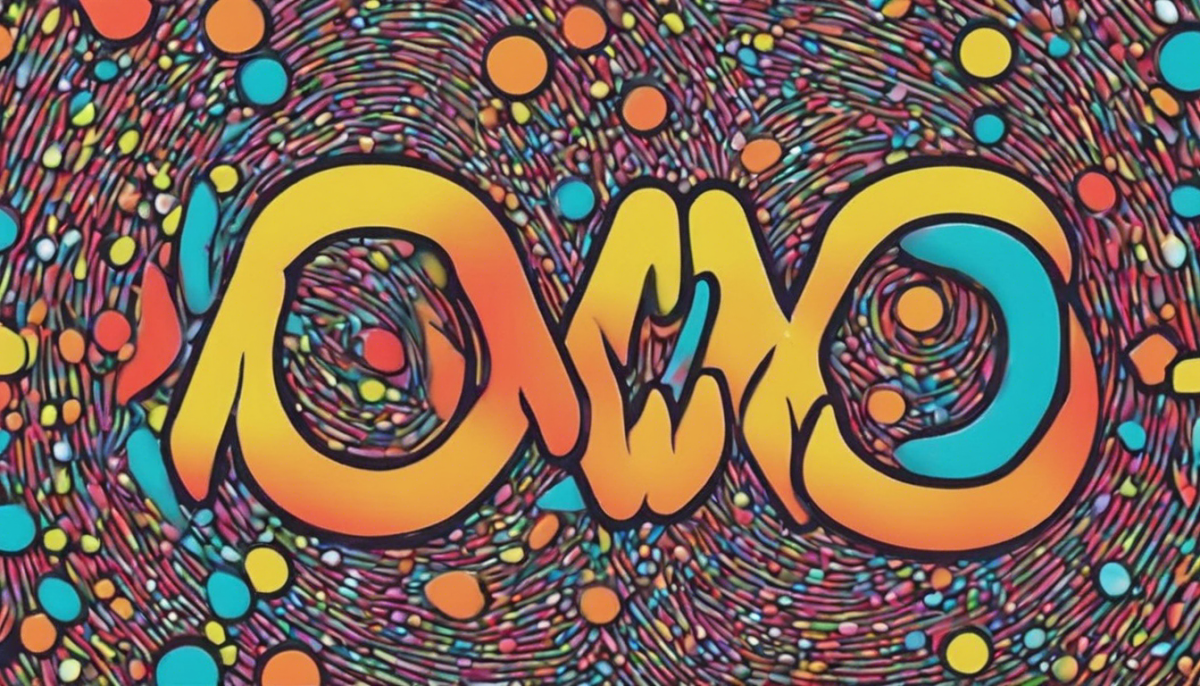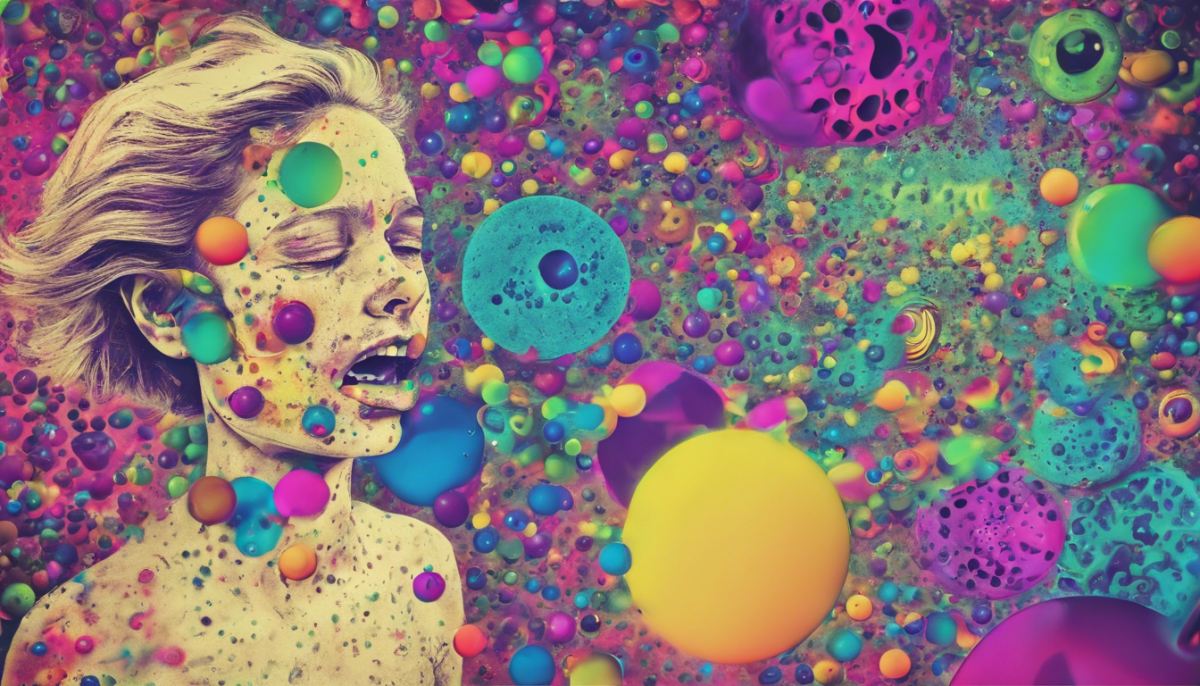Molly, a crystalline form of the psychoactive drug MDMA, has become a staple in the party scene, from nightclubs to music festivals. Despite its reputation for purity, Molly is not without its dangers and impurities.
In this comprehensive exploration, we delve into the sensations, risks, and long-term effects associated with Molly use, shedding light on the reality behind this potent stimulant.
What is Molly?
Molly is often touted as a purer form of Ecstasy, but in reality, it is simply another name for MDMA (3,4-methylenedioxymethamphetamine). This synthetic drug is known for its ability to produce feelings of euphoria, warmth, and emotional closeness.
It is particularly popular in environments that emphasize sensory stimulation, such as raves and concerts. However, the quest for purity is frequently in vain, as tests have revealed that Molly can contain a range of other substances, sometimes including no MDMA at all.
The Experience of Taking Molly
The experience of taking Molly can be described as a wave of overwhelming well-being. Users often report a surge of energy and an irresistible desire to dance, accompanied by a sense of heightened sociability. This powerful combination makes it a go-to choice for partygoers seeking to enhance their social interactions and overall sensory experience.
The high from Molly typically lasts between four to six hours, with many users choosing to prolong the effects by taking additional doses, known as “bumps,” or consuming multiple doses at once, a practice referred to as “stacking.” This can lead to an intensified experience but also increases the risk of adverse reactions.
Physiological Effects of Molly on the Brain
At the core of Molly’s effects is its impact on the brain’s serotonin levels. Serotonin is a neurotransmitter that plays a crucial role in regulating mood, sleep, pain, and appetite.
Molly triggers a flood of serotonin and hampers its reabsorption, leading to the drug’s prolonged euphoric effects. This alteration in brain chemistry can result in users experiencing dramatically altered perceptions, particularly in response to music and lights, which are staples of the environments where Molly is commonly consumed.
Long-term, the impact on serotonin levels can be dire. Studies have shown that even after two years of cessation, former users’ brains may still exhibit abnormal function, with greater abnormalities observed in those who consumed larger quantities of MDMA.
Physical Symptoms and Sensations
The immediate physical effects of Molly include a range of sensations that contribute to its allure. The drug can cause a noticeable increase in heart rate, a decrease in pain awareness, and involuntary teeth clenching. Users often report an enhanced attraction to tactile sensations and auditory experiences, which can make the music and atmosphere of a party feel more immersive.
However, these pleasurable sensations come with a risk. One of the most serious dangers associated with Molly is hyperthermia, a condition where the body overheats to extreme temperatures, sometimes reaching as high as 108 degrees. This can lead to organ failure and, in severe cases, death, particularly in hot environments where users may not be aware of their rising body temperatures.
Psychological and Emotional Effects
The psychological and emotional effects of Molly are often described in glowing terms by those who use it. The drug can create a feeling of intense emotional connection and unity with others, blurring the lines between oneself and the surrounding crowd. However, this entactogenic effect can also pave the way for less desirable outcomes, such as anxiety, panic attacks, and disorganized thinking.
While the euphoria is temporary, the aftermath can be long-lasting. The comedown from Molly can involve feelings of agitation, sweating, and headaches, and in some cases, users may experience severe panic attacks and muscle spasms.
Adverse Short-Term Effects
The short-term adverse effects of Molly are not to be underestimated. The drug can induce a range of negative symptoms, from nausea and headaches to more severe conditions like seizures. The risk of collapsing and subsequent death is a stark reality, particularly at hot, outdoor events where the combination of physical exertion, high temperatures, and Molly’s effects can be fatal.
Long-Term Consequences of Molly Use
Beyond the immediate high, Molly’s long-term consequences can be profound. Chronic use has been linked to depression, memory impairment, and a decline in cognitive function.
A 2011 study highlighted a troubling association between MDMA use and an increased risk of suicide among teens, underscoring the potential for long-term psychological damage.
Signs of Molly Use
Identifying signs of Molly use can be crucial for recognizing when someone may be in danger. These signs include altered sleep patterns, an unusual lack of pain awareness, excessive friendliness, and a distorted sense of time. Observing these behaviors can be the first step in providing help or intervening in a potentially dangerous situation.
The Risk of Addiction
Despite common beliefs that Molly is a harmless party drug, it carries a significant risk of addiction. Regular users may develop a tolerance, requiring larger doses to achieve the same effects, and severe cravings can make quitting a challenging endeavor.
Withdrawal symptoms, such as loss of appetite, depression, fatigue, and difficulty concentrating, can make the process even more daunting. Addiction is not defined merely by physical dependence but also by the continued use of the drug despite the negative consequences it brings to one’s life.
Safety and Legal Considerations
The legal status of Molly is clear: it is classified as a Schedule I controlled substance in the United States, making its use and distribution illegal. Those caught with the drug can face serious legal penalties. For those who choose to use Molly, harm reduction strategies, such as staying hydrated, avoiding mixing substances, and knowing one’s limits, are crucial. However, the best way to reduce harm is to avoid use altogether.
For individuals struggling with Molly use, there are resources available for addiction help and support. It’s essential to seek professional guidance for treatment options, which may include therapy, support groups, and in some cases, medication.
Conclusion
Understanding what Molly feels like is about recognizing both the allure and the risks. The drug’s ability to produce intense feelings of happiness and connection can quickly be overshadowed by the potential for addiction, harmful physical effects, and long-term psychological damage.
Education and awareness are key in preventing misuse and providing support for those who need it. By spreading knowledge about the true nature of Molly, we can help reduce the harm associated with this drug and encourage safer choices within our communities.



